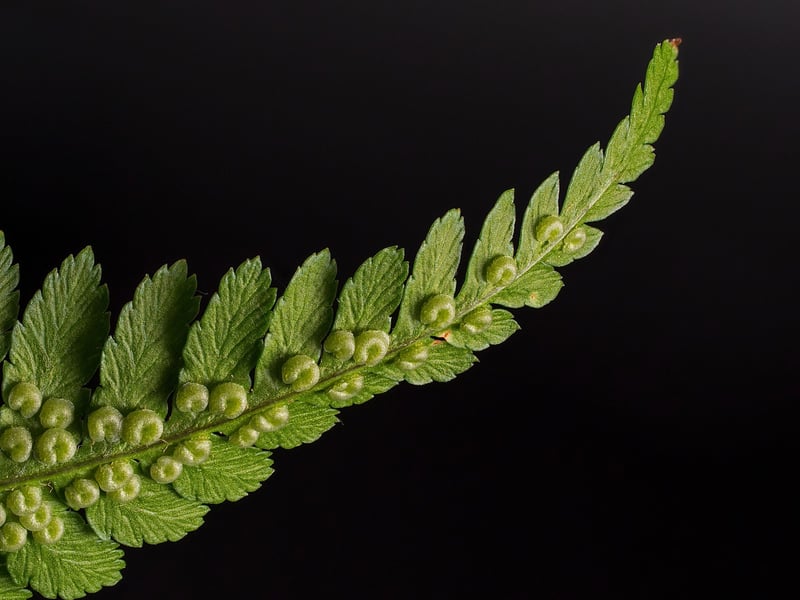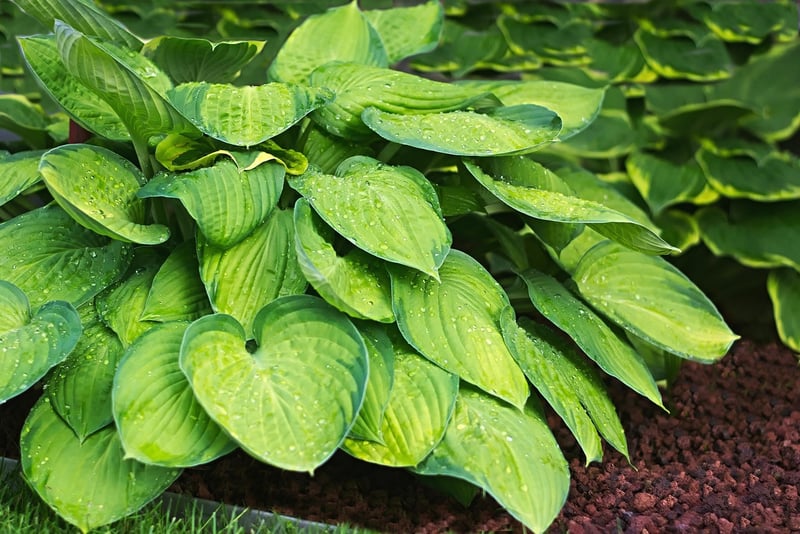Shade-loving Plants
Optimizing Light Exposure for Shade-Loving Plants
Shade-loving plants are a great addition to any garden or indoor space where direct sunlight is limited. However, to ensure these plants thrive, it's essential to optimize their light exposure. Here are some tips to help you make the most of your shade-loving plants:
1. Understanding Light Conditions
Before choosing shade-loving plants, it's crucial to understand the different light conditions in your space. Shade can vary from light shade (dappled sunlight) to full shade (no direct sunlight). By identifying the light levels in your area, you can select plants that will flourish in that specific environment.
2. Placement is Key
Place your shade-loving plants strategically to maximize their light exposure. Consider placing them near windows, under trees, or in areas where they can receive indirect sunlight during the day. Avoid placing them in deep shade where light is scarce.
3. Use Reflective Surfaces
Optimize light levels by using reflective surfaces such as light-colored walls, mirrors, or shiny objects near your shade-loving plants. These surfaces can help redirect and amplify available light, providing your plants with the energy they need to grow.
4. Rotate Plants Regularly
To ensure all parts of your shade-loving plants receive adequate light, consider rotating them regularly. By rotating your plants, you can prevent them from leaning towards the light source and promote balanced growth.
5. Supplement with Grow Lights
If natural light is limited in your space, consider supplementing with grow lights. LED grow lights are an excellent option for providing the right spectrum of light for shade-loving plants, helping them thrive even in low-light conditions.
Shade-Loving Plant Recommendations
Conclusion
By optimizing light exposure for your shade-loving plants, you can create a thriving green oasis even in low-light environments. Understanding light conditions, strategic placement, and using supplementary lighting can make a significant difference in the health and growth of your plants. Experiment with different techniques to find what works best for your specific plant species and space.


